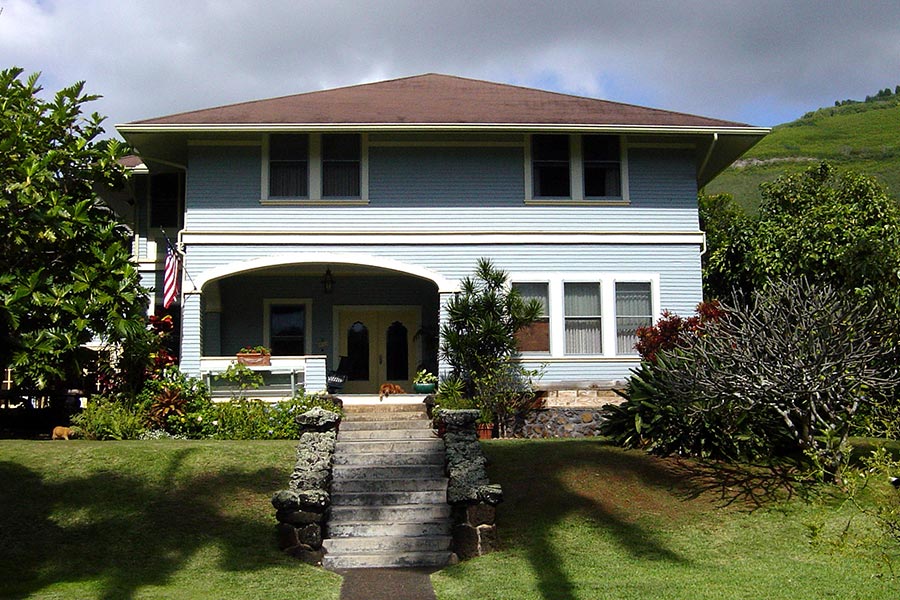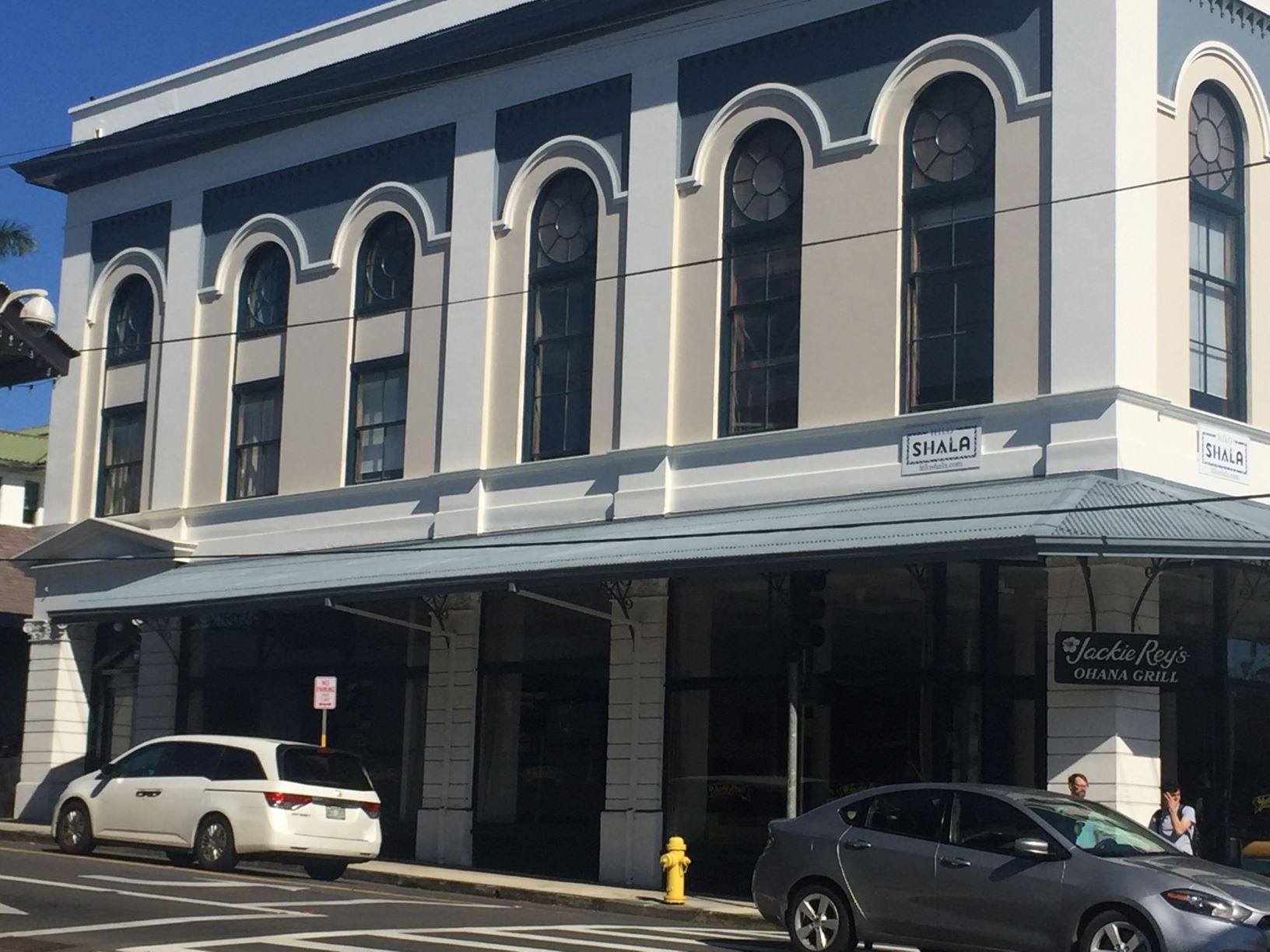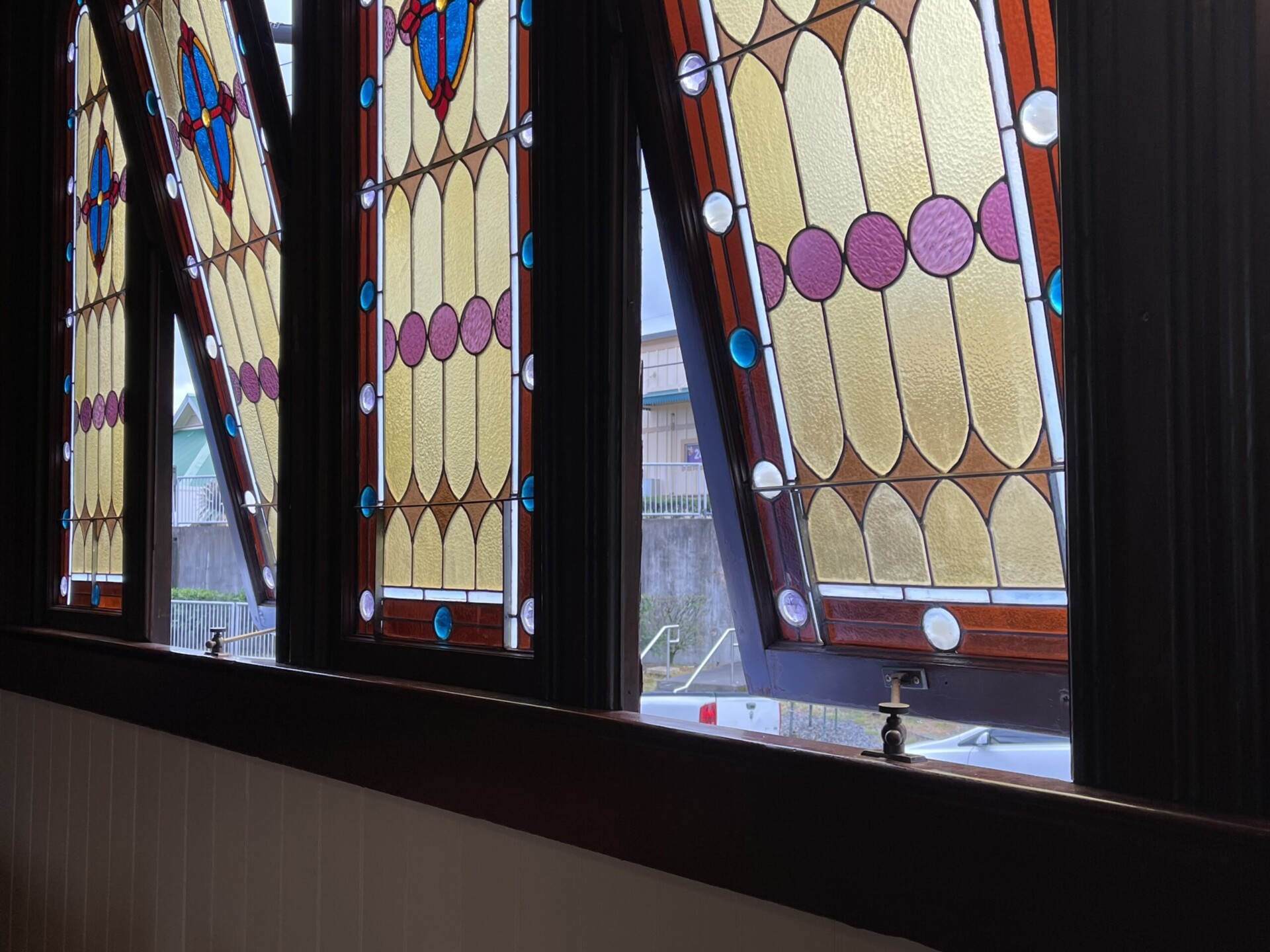Hawai‘i Preservation in Practice Training Seminar:
Treatment of Historic Properties
Historic Hawai‘i Foundation, in partnership with the Department of the Interior’s National Park Service and Office of Native Hawaiian Relations, will offer a free seminar on the standards and guidelines for treatment of historic properties.
Standards and Guidelines for Treatment of Historic Properties
Date: Wednesday, March 24, 2021
Time: 10:00 – 11:30 a.m.
Cost: Free
Virtual Webinar via ZOOM
VIEW THE VIDEO REPLAY AND PRESENTATION BELOW
Additional Resources
View the Seminar PowerPoint. Slides 92-95 share links to additional resources. See slide 96 for contact information for the seminar presenters.
The seminars provide training to members of the public, private or government sectors who own, manage, steward or are interested in preserving historic & cultural sites.
Standards & Guidelines for Treatment of Historic Properties
Date: Wednesday, March 24, 2021
Time: 10:00 – 11:30 a.m.
The seminar is co-sponsored by the American Planning Association Hawaiʻi Chapter.
This seminar has been submitted to the American Planning Association for certificate maintenance credits for AICP.
ABOUT THE COURSE
The seminar will illustrate through presentation and case study how the Standards and Guidelines work in concert to provide a framework and guidance for decision-making about work or changes to a historic property.
The course will include an overview of the Secretary of the Interior’s Standards for the Treatment of Historic Properties, which are the national standards that promote best preservation principles. These concepts inform maintenance, repair, use of historic materials, as well as alterations of existing structures and design of new additions.
The seminar will examine how the Guidelines are used to offer general design and technical recommendations to assist in applying the Standards to a specific property.
Through the training attendees will learn:
• The Secretary of the Interiors Treatment Types;
• The Secretary of the Interiors Standards for Rehabilitation;
• Best practices for assessment and implementation of the Standards and Guidelines
• Special considerations for buildings such as for the American Disabilities Act, sustainability, flood adaptation and code compliance;
• Special considerations for sites such as archaeology and cultural landscapes;
• Application of concepts and considerations through a Hawai‘i case study
WHO SHOULD ATTEND?
• Public, private and nonprofit entities that own or manage historic and potentially historic properties in Hawai‘i
• Government agencies and elected officials who implement land use regulations that include protection of historic and cultural resources
• Members of historic preservation and cultural resources boards and commissions
• Land use and design professionals, including planners, architects, engineers, landscape architects, archaeologists, cultural resource managers, historians and architectural historians
• Community organizations or individuals with stewardship responsibilities for historic or cultural properties.
• Other members of the public or organizations interested in preserving historic & cultural sites
PRESENTERS
Dr. Elaine Jackson-Retondo, Pacific West History Program Manager in the National Park Service Pacific West Regional Office, earned her Doctorate in Architectural History and Masters of Architecture from the University of California, Berkeley and her Bachelor of Architecture from the University of Notre Dame in South Bend, Indiana. She has worked in the National Park Service since 2002.
Jackson-Retondo’s current and past work has included the National Park Service’s American Latino Heritage Initiative, Asian American Pacific Islander Initiative, Japanese American confinement during World War II, Cesar Chavez and the Farm-worker Movement, the National Park Service’s Mission 66 Program, and 19th century carceral institutional landscapes.
Stanton Enomoto, Department of the Interior Senior Program Director for Native Hawaiians, received his bachelor’s degree in Geology and Environmental Studies from Macalester College in St. Paul, Minnesota. He was raised on Maui and graduated from the Kamehameha Schools. Enomoto is an experienced professional with subject matter expertise related to preservation of traditional cultural properties and Native Hawaiian protocols.
Previously, Mr. Enomoto served as the Climate Change Cultural Adaptation Coordinator for the National Park Service (NPS). He was the NPS representative to the Pacific Islands Climate Change Cooperative (PICCC) and provides cultural resource adaptation planning and implementation support to the cooperative’s member organizations in Hawaiʻi and the U.S.-affiliated states in the Pacific. Prior to joining the federal government, Stanton spent 18 years working for the State of Hawaiʻi and most recently served as the Chief Operating Officer for the Office of Hawaiian Affairs.
Kiersten Faulkner, Executive Director, Historic Hawai‘i Foundation
As chief executive, Faulkner oversees all aspects of its preservation programs, strategic planning, business lines and operational matters. Prior to joining HHF, Faulkner was a Senior City Planner for the City & County of Denver, where she managed complex and controversial comprehensive planning, promulgation of land use and urban design regulations, and development proposals. She holds a Master of Arts in Urban and Environmental Policy from Tufts University and is a member of the American Institute of Certified Planners (AICP).
Tonia Moy, Vice President and Director of Historic Preservation for Fung Associates, Inc., a Honolulu-based design firm with projects encompassing architecture, master planning, interiors, sustainable design and historic preservation. Moy holds a M.Arch in Architecture and a BFA in Fine Arts, both from the University of Hawaii at Manoa. She was formerly the Architecture Branch Chief for the State of Hawai‘i Historic Preservation Division. Her community service includes terms as director and president of the Hawaii chapter of Docomomo US; member and past director of AIA Honolulu; member of Association for Preservation Technology International; and as a member of the board of trustees for Historic Hawaii Foundation.
RESOURCES
• The Secretary of the Interior’s Standards for the Treatment of Historic Properties
https://www.nps.gov/tps/standards.htm
• The Secretary of the Interior’s Guidelines for Preserving, Rehabilitating, Restoring and Reconstructing Historic Buildings
https://www.nps.gov/tps/standards/treatment-guidelines-2017.pdf
• Illustrated Guidelines on Sustainability for Rehabilitating Historic Buildings
https://www.nps.gov/tps/standards/rehabilitation/guidelines/index.htm
• Guidelines on Flood Adaptation for Historic Buildings
https://www.nps.gov/tps/standards/rehabilitation/flood-adaptation.htm
• Guidelines for the Treatment of Cultural Landscapes
https://www.nps.gov/tps/standards/four-treatments/landscape-guidelines/index.htm
Images: a historic home on O‘ahu; the Kaikodo Building, Hilo; stained glass windows of Central Christian Church, Hilo. The latter two buildings recently completed rehabilitation projects that were supported with grants from HHF’s Hilo Preservation Program.





